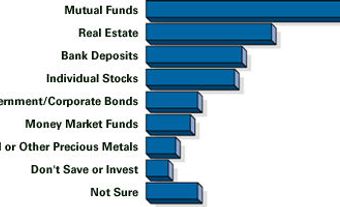Real Wages
Real Wages are estimates of money or nominal wages that have been adjusted to take into account their effective purchasing power or command over goods and services. The actual calculation of real-wage estimates involves dividing an estimate of money income (hourly, weekly or annual wages) by an index of consumer prices for the region being considered. The CONSUMER PRICE INDEX is a weighted sum of the percentage change in the price of commodities commonly bought by households compared to a particular base year.
From 1870 to 1950 real hourly wages of wage earners increased by over 346% - an annual average rate of 1.9%. The change did not occur at a constant rate: variations between periods are caused by cyclical factors that influence the demand of businesses for labour and the price level faced by consumers. Over the longer run, however, the fundamental determinant of the growth rate of real wages is the productivity of labour, which itself is determined by the skills of the labour force, CAPITAL FORMATION by business and technological change. Canadian weekly money and real wages experienced an increase of 370.3% from 1961 to 1981. This change largely reflected a high rate of INFLATION, particularly during the late 1960s and throughout the 1970s.
Estimates of national real wages can be somewhat misleading as a measure of individual economic well-being. The tendency toward a diminishing work week must be taken into account.

 Share on Facebook
Share on Facebook Share on X
Share on X Share by Email
Share by Email Share on Google Classroom
Share on Google Classroom


